
Imagine you are standing in the front of a classroom — not at Hebrew Union College-Jewish Institute of Religion or American Jewish University, but a classroom whose students come from different countries, religions and cultures — and it is your job to teach your students about the modern Middle East. What words do you use when each one is loaded? “Teaching the Arab-Israel Conflict,” edited by Rachel S. Harris (Wayne State University Press), a collection of three dozen essays by educators who have been there and done that, offers some highly practical and often equally provocative answers to that question.
Harris, associate professor of Israeli literature and culture at the University of Illinois, Urbana-Champaign, opens the book with an authoritative essay that surveys the long and complex history of the encounter between Arabs and Jews in the place that both of them called Palestine until 1948. She confronts us with the fact that makes it so damnably hard to teach it or even talk about it — the problem to be solved is not one conflict but many, not merely a regional conflict but a global one, not only a matter of rival Arab and Jewish nationalisms but also the tectonics of war, religion and geopolitics. “Hence, the Arab-Israeli conflict should not be regarded as an inevitable, long-standing and unresolvable historical conflict but a dynamic, complex, constantly changing engagement whose parameters are dictated by issues of the day,” Harris insists.
Indeed, Harris herself — and many of the contributors to the book — have adopted a multidisciplinary approach in their own teaching. “That is to say that there are a wide number of ways to approach the study of the conflict and the region,” she explains. “There are courses in many fields including religion, conflict resolution, demography, economics, comparative literature, Jewish studies, film studies, gender studies, security studies, geography, tourism, education, peace studies, food studies, Mediterranean studies, international relations, urban planning, dance, music, and law.” Virtually all of these points of entry into the Arab-Israeli conflict are mentioned, sometimes in passing and sometimes in depth, in her important and enlightening anthology.
Virtually all aspects of the Arab-Israel conflict are subject to misunderstandings and false assumptions among students. “For example, until someone gives a presentation on Christian Palestinians, many students are not aware that there are substantial Palestinian and Arab populations who are not Muslim,” explains Janice W. Fernheimer in the essay “Comics and Conflict.” “Until someone gives a presentation on Ethiopian Jews and the Israeli Black Panthers, some students may not know that all Jewish Israelis are neither phenotypically ‘white’ nor culturally Ashkenazi.”
The sheer complexity of the curriculum, in fact, is the primary challenge to the instructor. “Teaching the conflict immediately brings to the forefront one problem students often have with needing absolutes,” writes Caitlin Carenen in the essay “Why Can’t We Just Create New Sacred Holy Sites?” “They crave universal truth, absolutes, and clear ‘good guys’ and ‘bad guys.’ Throughout the semester, I witness students struggling to determine ‘whose side they are on.’ ” Carenen’s measure of success, as she describes it, is “the students’ improved sense of perspective and appreciation of the conflict’s complexity.”
And yet, even if instructors aspire to an evenhanded approach to the subject, they remain at risk of provoking the students who bring their own points of view into the classroom. That’s why Donna Robinson Divine issues a warning that appears in the title of her essay, “Teaching Students How to Think, Not What to Think, About the Middle East Conflict.” She goes on to explain that “[t]he initial readings, including excerpts from books or articles by Edward Said, Fawaz Turki, Hillel Halkin, Amos Oz, and Aaron Soloveichik, encourage students to confront the fact that this conflict is not only about a piece of real estate; it is also about different and competing conceptions of national identity. And on that topic, Zionists and Palestinians disagree as much within their own communities as across the national divide.”
Some of the contributors bring wit and wry humor to their pedagogy. Ari Ariel, for example, uses hummus as the focus of his classes on the Arab-Israel conflict precisely because both Arabs and Israelis claim it as a national dish. “Food is among the best tools for unsettling static notions of identity and for humanizing others,” he explains in “Feeding Minds.” “Ironically, this is because we tend to think about food in fixed ethnic terms. The more we study food ways, however, the clearer it becomes that they are among the most hybrid of practices. This realization then helps us to question other ways we categorize foods and the peoples who eat them.”
One principle, above all, serves as the guiding light for the three dozen contributors, including scholars from various religious and national backgrounds who teach in the United States, Israel and the West Bank, Jordan, Turkey, Egypt and elsewhere in the world. “Though one may make pretensions to study Israel without Palestine or Palestine without Israel,” writes Liora R. Halperin in an essay titled “Teaching Israel/Palestine Studies,” “the practice of scholarship requires facing both Israel and Palestine.” Anyone who enters the conversation, no matter where it takes place, overlooks Halperin’s healthy caution at his or her own peril.
Jonathan Kirsch, author and publishing attorney, is the book editor of the Jewish Journal.
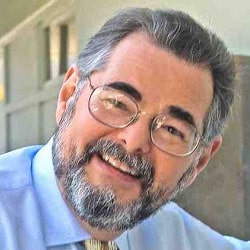









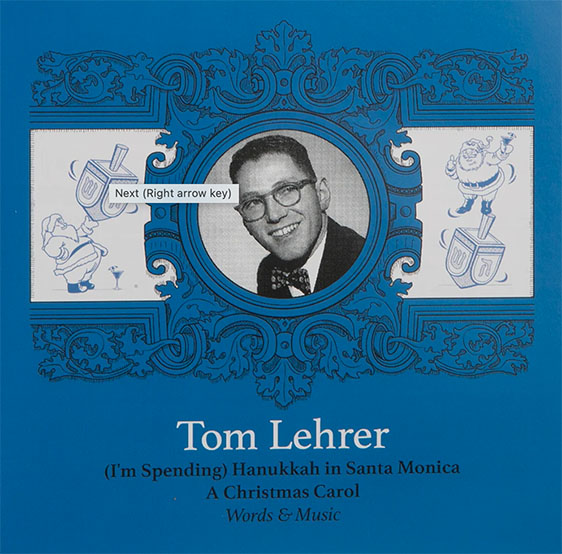
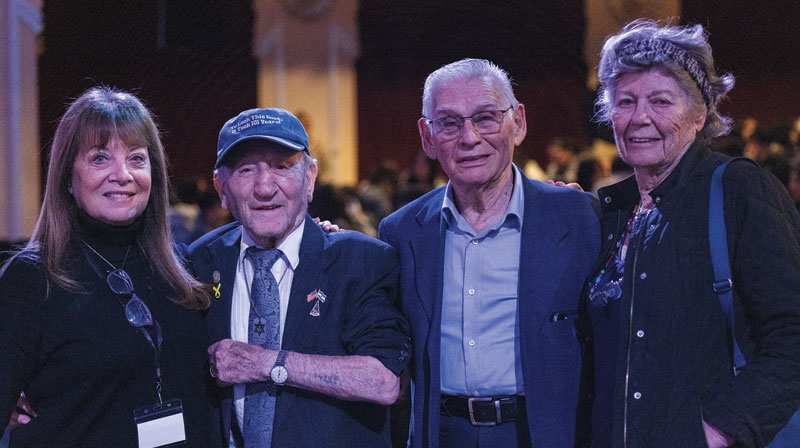

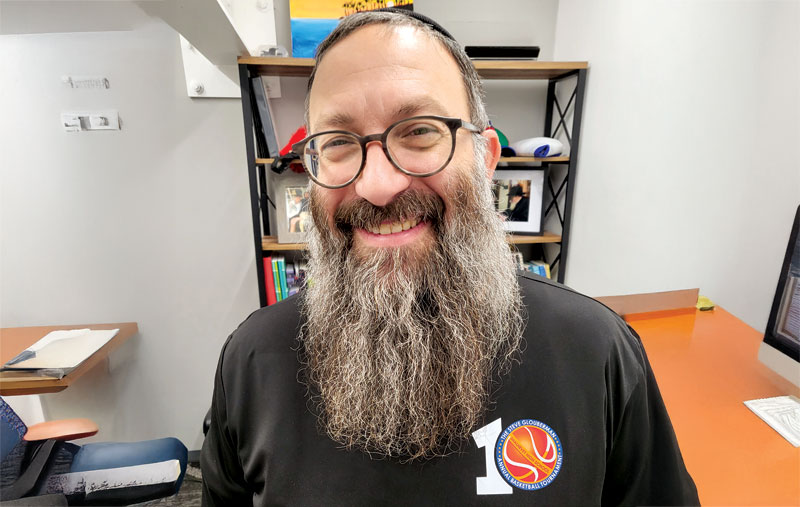


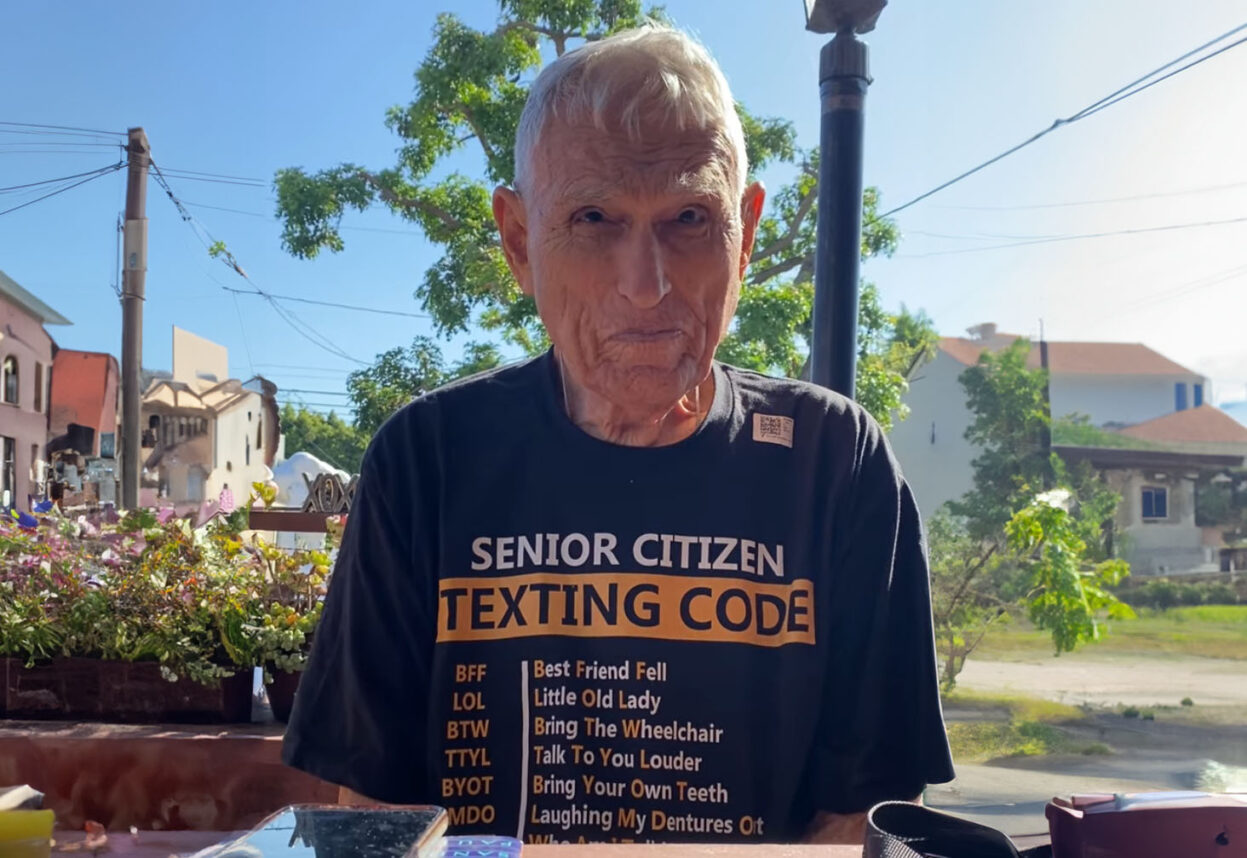
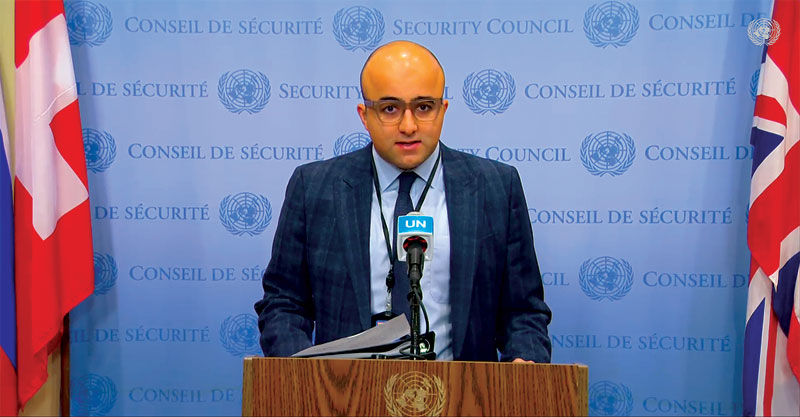




 More news and opinions than at a Shabbat dinner, right in your inbox.
More news and opinions than at a Shabbat dinner, right in your inbox.